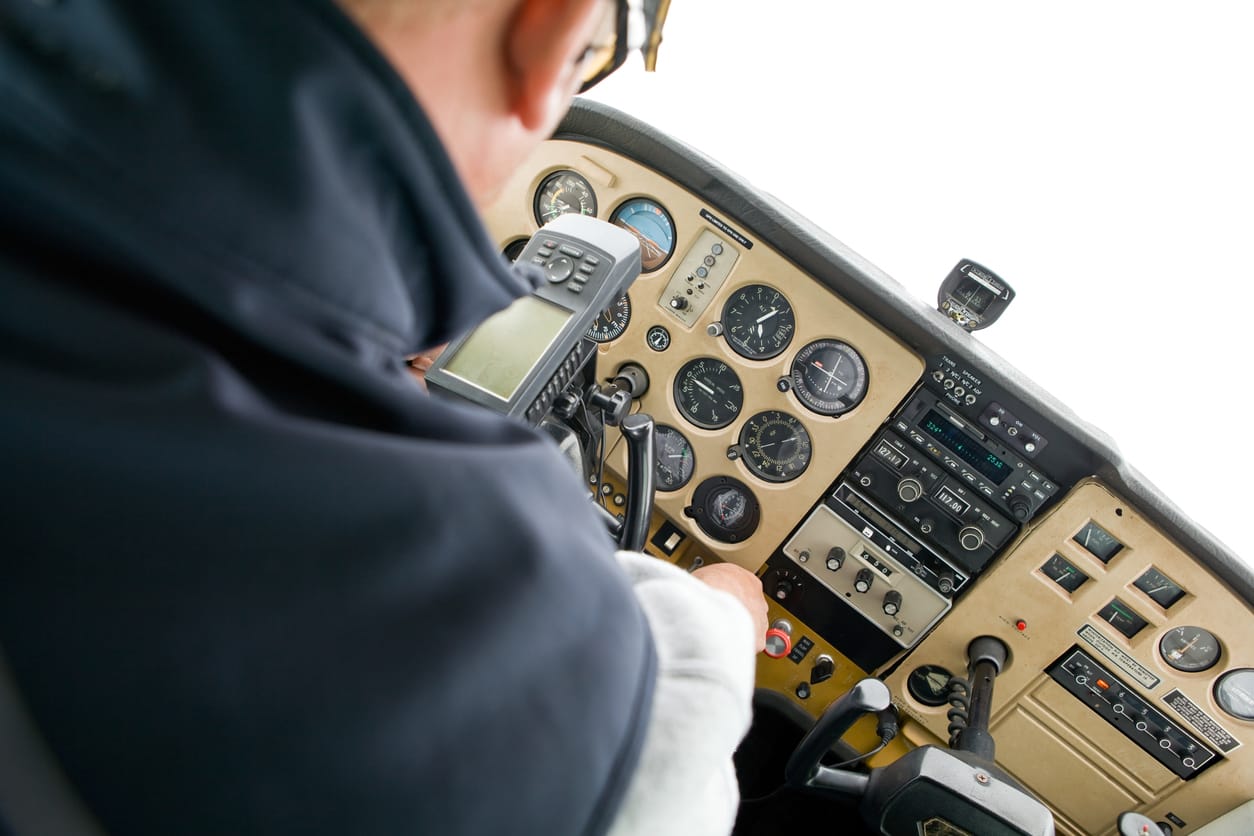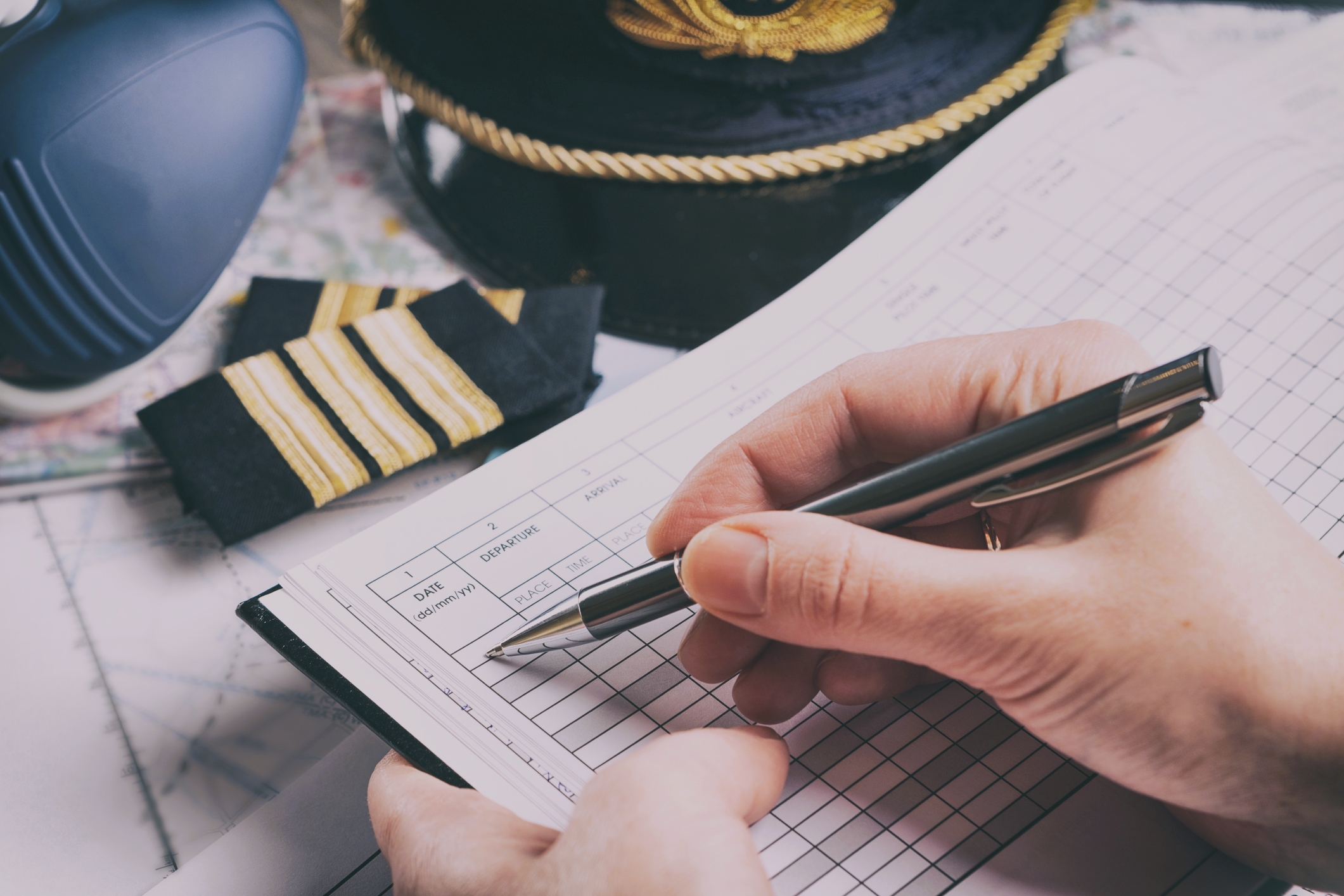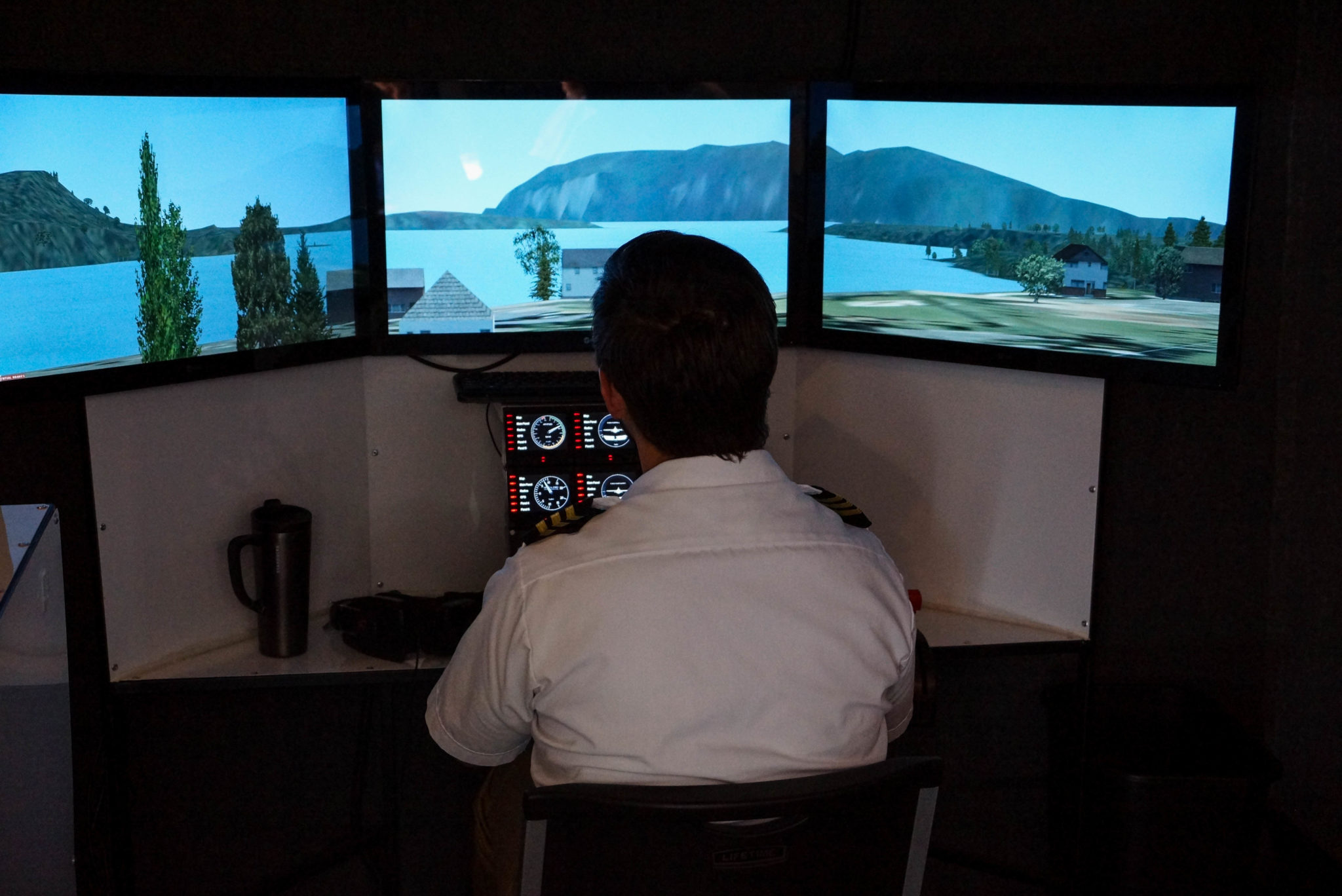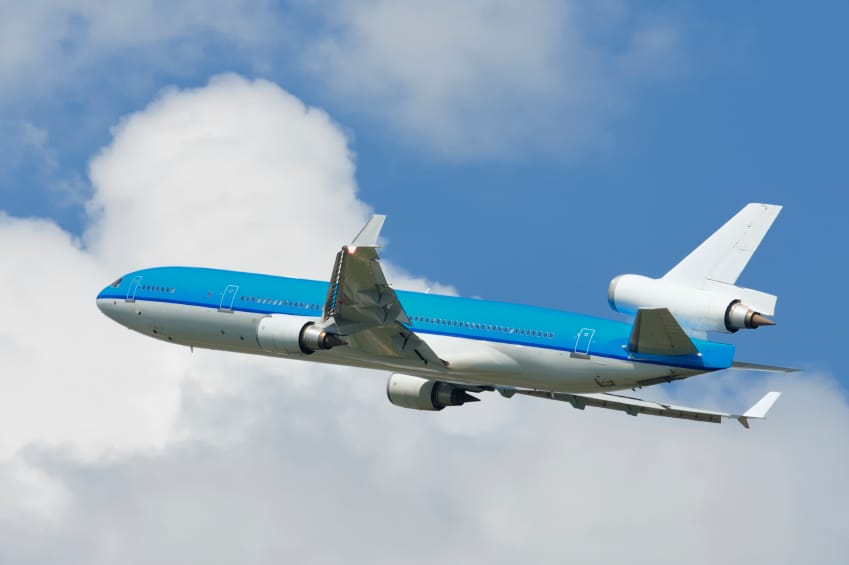When a person first learns to fly airplanes, this pilot-to-be is trained to fly under what is called VFR. This is an acronym for Visual Flight Rules.
Although there are multiple competencies a Visual Flight Rules pilot must master, the area of expertise the general public associates most with piloting aircraft is the actual act of flying. This includes manipulating the flight controls to make the airplane take off, turn, climb, descend, and land.
Sure, there is lots more but this is the most common idea.
This article will limit itself to what are called private pilots. These pilots are authorized to fly and to carry passengers but are not permitted to earn money flying.
We’ll take a quick look at more advanced and simple pilot designations at the end of this article.
What is Involved in Flying VFR?
Flying VFR, or Visual Flight Rules, is a unique and challenging experience that demands a lot from pilots.
It’s not just about managing the controls of the aircraft; it’s about understanding the intricacies of weather patterns, maintaining situational awareness, and making decisions in real time.
VFR Limitations
There are limits to when a VFR pilot may fly.
For example, he or she must always be able to see things out the window. So the pilot must be able to see the ground, the outsides of clouds, other airplanes, and obstacles almost always.
The exceptions are when flying far above a cloud deck (that means a solid undercast of clouds), or at night when the ground or ground-based things may not be visible.
That’s right: VFR pilots are authorized to fly at night as well as in the daytime. Also, they may fly in the rain. Interestingly, some countries like Mexico in most instances do not permit such a VFR flight at night.
Did you notice that I said that a VFR pilot may fly on “the outsides of clouds?”
VFR pilots are never authorized to fly within clouds — where there is no visibility. Actually, inside a cloud, one can see the cloud droplets just outside the windshield during the daytime, but that’s it.
VFR Training
A partial list of other things a VFR pilot must know (beyond handling the airplane itself) includes meteorology, regulations, chart-reading, navigation, aerodynamics, communications, airspace rules, powerplant management, procedures, safety, and flight planning.
Part of this training is done in what is called ground school. In this part of the aviation study, virtually everything except for the physical manipulation of the airplane has to be learned.
Eventually, a pilot hoping to be authorized to fly VFR must take a stringent written exam as part of his or her process.
That written exam can be passed any time before the actual flight test, but most students appropriately decide to study for and pass the written long before the actual flight test.
Solo and Cross-Country Flying
On the way to preparing for that flight test, the student will be required to solo, when the instructor determines that he or she is ready. “Solo” means flying alone in the airplane, and a pilot’s first solo is a life-changing event that no pilot ever forgets.
I remember virtually every second of my first solo, and that was decades ago!
Another thing a VFR pilot-in-training must do is to fly what are called cross-countries. These are solo flights to airports at least 50 nautical miles away, chosen by the instructor. The airports usually are fields that the pilot has never visited before.
For example, on my long solo cross country, I had to fly from Santa Monica, California airport to San Diego Lindbergh Field, then 29 Palms airport, then Palm Springs airport, then back to Santa Monica, then back to Long Beach airport.
It is quite draining, but that’s the kind of thing a VFR pilot must be able to handle with aplomb.
More and More VFR Training
A VFR pilot-in-training must also spend a few hours under the hood. The hood is a view-limiting device that allows the student pilot to see the instruments but not out the window. Wearing a hood means you are simulating instrument flight. VFR pilots need to learn a tiny bit of instrument flying, mostly so if they inadvertently stumble into a cloud, they have enough technique to get out safely.
The major part of flight training, after the aspiring has learned to manipulate the airplane, is to deal with simulated emergencies. Toward the end of training, before the VFR pilot is truly ready to take the flight test, almost all of the time in the air is spent handling simulated emergency after simulated emergency.
Once the certified flight instructor (CFI) determines that the trainee is ready to take the flight test, he or she will sign them off. The flight test has to be given by someone from the Federal Aviation Administration (FAA) or an FAA-designee. It is a rough test, but most people pass their first or second try. Of course, it’s because they’ve had such stringent training!
What is Involved in Flying IFR?
This brings us to IFR (instrument flight rule) pilots. IFR flying is astronomically more challenging than VFR flying, but those pilots who achieve this distinction are invariably more equipped to fly IFR and VFR.
Aviating under IFR, a pilot is authorized to fly into clouds in what is called zero visibility. All of the VFR-pilot privileges also apply.
To earn an instrument rating that confers IFR privileges, the pilot must succeed at considerable training beyond what the VFR-only pilot must accomplish, and, of course, the pilot must already be rated for VFR.
When comparing VFR vs IFR further, the terms VFR and IFR include the word “rules” in them. That’s because the set of rules (found in the Code of Federal Regulations) that cover IFR differs considerably from most VFR rules. Interestingly, an IFR pilot sometimes must fly under VFR rules. Also, if the flight is under IFR but the weather permits vision through the windscreen, the pilot must still look outside to see and avoid other aircraft and obstacles.
IFR Training
The VFR pilot working at becoming an IFR pilot has already mastered tons of aeronautical skills.
He or she can already take off, land, manipulate the airplane, and accomplish numerous VFR procedures that take intensive study. But the IFR rules and required knowledge are significantly more involved.
The IFR pilot-in-training virtually always is flying under the hood.
One example: There are radio navigation stations on the ground called VORs. VFR pilots must understand how to use them to navigate, including how to determine if they are working properly, whether the airplane is moving toward or away from the VOR or in what direction toward or away from the station they are moving, and lots of other stuff.
Now bump this up to IFR: The instrument pilot must understand and be able to work with not only all of these things, but also VOR service volumes. These identify how strong the radio station signal will be at different altitudes and at different distances from the station itself.
Starting to get the picture?
Instrument Approaches
Another illustrative difference between VFR vs IFR is the execution of instrument approaches. These are techniques used to prepare for landings.
In VFR flying, most pilots will fly toward a runway at an angle, then execute a rectangular “pattern” near a runway before finally heading down to the runway surface to complete the landing.
In IFR, the landing procedure (instrument approach) may begin 20 or more miles away from the runway and is done using special instructions.
Most of these instructions are printed out in what looks like an arcane language to non-IFR pilots. The diagrams and instructions are on what are called “approach plates.”
An approach plate may show an area where an airplane has to change direction while it is many miles away from the runway, different altitudes at which the airplane must be indexed by distance from the runway, twists and turns that may have to be accomplished while heading toward the runway, and more.
Remember: the instrument pilot must be able to do all of these things far, far away from the runway without being able to see out the windows. Only at the very end of the instrument approach must the instrument pilot be able to see outside and see the runway or certain things near the runway.
A final example of the VFR vs IFR difference: VFR pilots are required to understand and interpret their instruments. This means that they must not only know what the instruments are showing but to understand built-in instrument errors. No regular instrument shows information correctly! The VFR pilot knows how to understand and interpolate from these errors.
Now let’s bump it up again to IFR: the instrument pilot must be able to not only interpolate what the instruments are saying but must be able to do failure analysis, where he or she determines which major airplane system has affected two or three or four instruments simultaneously. The instrument pilot must be able to figure all of this out while flying even in a bumpy airplane, at night, with no visibility.
This is a much higher level of demand and accomplishment, yet there are thousands of pilots who have achieved it.
Choosing IFR vs VFR
Choosing between Instrument Flight Rules vs Visual Flight Rules (VFR vs IFR) depends on various factors including weather conditions, equipment, pilot certifications, and comfort level. VFR is usually chosen in clear weather where pilots can navigate by visual reference to the ground, requiring less equipment and allowing more relaxed communication with air traffic control. However, it can limit flight in adverse weather or controlled airspace.
On the other hand, IFR is used in poor visibility conditions, relying on cockpit instruments for navigation. It demands advanced equipment, continuous communication with air traffic control, and intensive training but allows flight in almost all weather conditions and through controlled airspace.
Therefore, beginners or recreational pilots flying in good weather might find VFR more suitable, while advanced pilots needing to fly in various conditions or through controlled airspace might prefer IFR.
The Surface and Beyond
This piece has scratched the surface of the difference between VFR vs IFR aviation. Still, you should have a pretty good idea of just how amazing it is to become a VFR pilot. Professionalizing that to become an IFR pilot is something only a subset of VFR pilots try for, but once they succeed, they become blindingly amazing aviators.
There is further to go in aviation, too. One could become a seaplane pilot, a helicopter pilot, a commercial pilot, a flight instructor or ground instructor, an airline transport pilot (by the way, airline pilots must have this absolutely-highest rating), and more.
There are lower ratings than private pilot, too, but they are not extremely popular, mostly because of their significant limitations. These pilots are less-trained, and are called sport pilots (may only fly “light aircraft” and may not fly at night), recreational pilots (cannot fly far from the airport, also only at night, and may not fly near or at airports with control towers), and, more recently, drone pilots! Drone pilots stay on the ground; some people call this the “ground cockpit.”
What do you think of that?
Ready to soar in your aviation career?
Mr. Matthew A. Johnston has over 23 years of experience serving various roles in education and is currently serving as the President of California Aeronautical University. He maintains memberships and is a supporting participant with several aviation promoting and advocacy associations including University Aviation Association (UAA), Regional Airline Association (RAA), AOPA, NBAA, and EAA with the Young Eagles program. He is proud of his collaboration with airlines, aviation businesses and individual aviation professionals who are working with him to develop California Aeronautical University as a leader in educating aviation professionals.





This was a very well written comprehensive document. Having only my VFR long ago it brought back many painful yet joyous memories. Very well referenced.
Thank you, Chris!
So, if a pilot flying in radar contact while previously maintaining VMC suddenly states “we are IFR” to the controlling agency, what exactly is that pilot communicating to the controlling?
Cheers!
As someone who has his Part 107 (commercial drone) certificate, who has gone through private pilot ground school and is now in instrument ground school, I greatly appreciate this article. Flying drones has its own challenges, such as control reversal* if you’re not flying FPV (first person view), and flying FPV brings its challenges with not being able to “see and avoid” as easily because you can only see in front of the aircraft, but being in instrument ground school brings a much greater appreciation for anyone who flies IFR.
I’m hoping that someday, with proper safety measures in place, we’ll be able to fly unmanned aircraft beyond visual line of sight.
I can’t fly manned aircraft due to medical reasons, so unfortunately I’m limited to unmanned aircraft (mainly helicopters) for now.
Thank you for your comment Dr. Gowing! This is wonderful insight! We are very glad that you enjoyed the article!